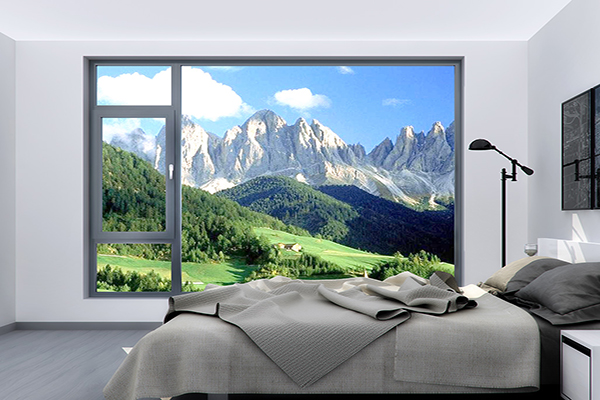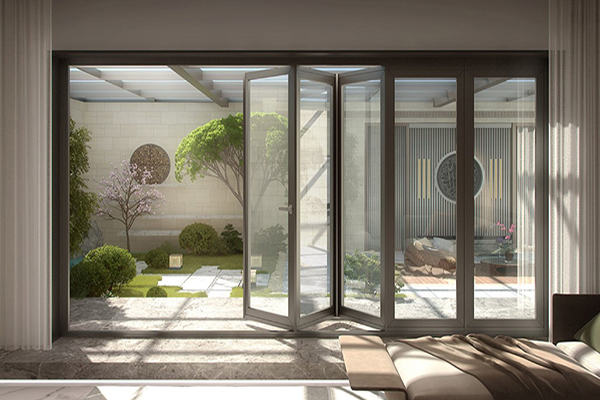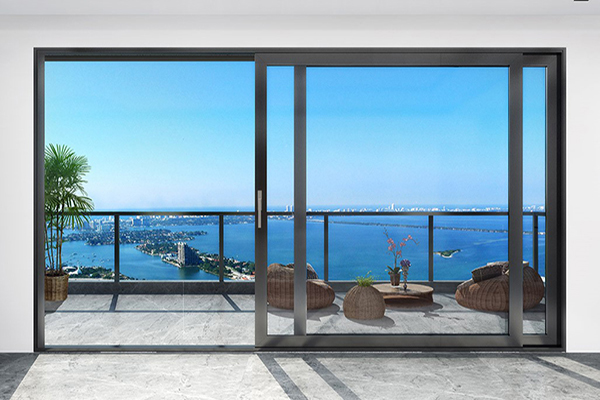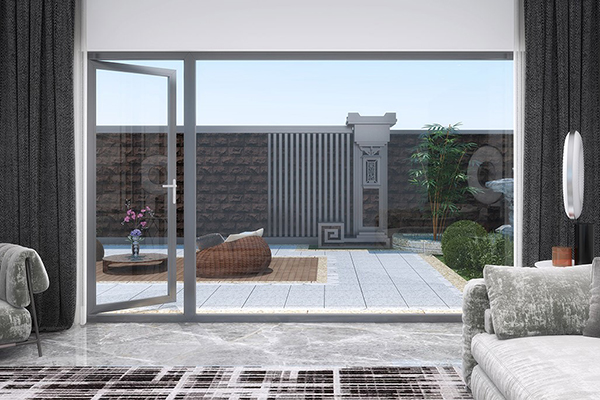First of all, doors and windows are mainly the entrances and exits of buildings as well as channels for ventilation and lighting. Doors are used for people to enter and exit buildings and pass between different spaces, and also play a certain role in safety protection. Windows are mainly responsible for indoor lighting and ventilation, allowing natural light to enter the room and improve the indoor environment. Curtain walls are the exterior enclosure structures of buildings. They do not bear the load of the main structure and mainly play roles such as decoration, heat insulation, thermal preservation, wind prevention, and rain prevention. At the same time, they can also add unique appearance effects to buildings.
Secondly, there are great differences in structural forms. Doors and windows are usually independent individuals and are connected to the wall through a frame. Their structure is relatively simple. Common door and window materials include aluminum alloy, plastic steel, wood, etc. There are various opening methods for doors and windows, such as casement windows, sliding windows, inward tilting windows, flat-opening doors, sliding doors, etc. A curtain wall is a complete structural system composed of panels and a supporting structure system. The panels can be glass, metal plates, stone, etc., and the supporting structure can be frame type, unit type, etc. The structure of curtain walls is relatively complex and requires professional design and construction to ensure its stability and safety.

Furthermore, there are also differences in performance requirements. Doors and windows mainly focus on performances such as sealing, thermal insulation, and sound insulation. Good doors and windows can effectively block outdoor noise, heat, and cold air and improve indoor comfort. In addition to having certain thermal insulation and sound insulation properties, curtain walls also need to have good wind pressure resistance, seismic resistance, and weather resistance. Since curtain walls usually cover the exterior walls of buildings in large areas, they need to withstand greater wind loads and seismic actions.
Finally, in terms of appearance effects. The sizes of doors and windows are relatively small, and their appearance mainly depends on factors such as material, color, and shape. Curtain walls can cover the entire facade of a building and can create an atmospheric and modern appearance effect. The design of curtain walls can be more diversified. By combining different panel materials and shapes, a unique architectural style can be created.
In conclusion, although both doors and windows and curtain walls are important components of buildings, there are obvious differences in definition, function, structure, performance, and appearance. In architectural design and construction, it is necessary to rationally select and use doors and windows and curtain walls according to different needs and requirements to achieve the best effect of the building.











